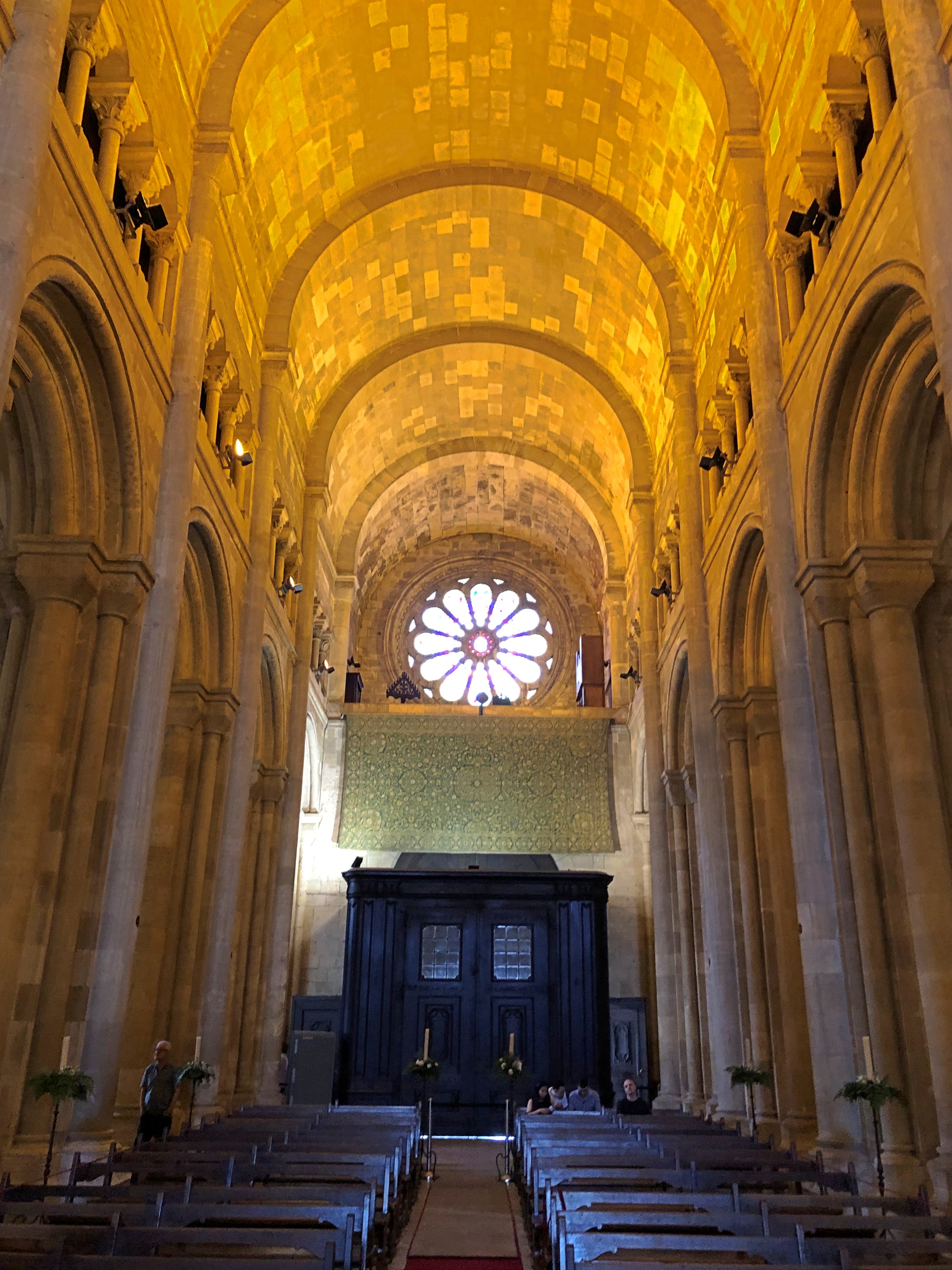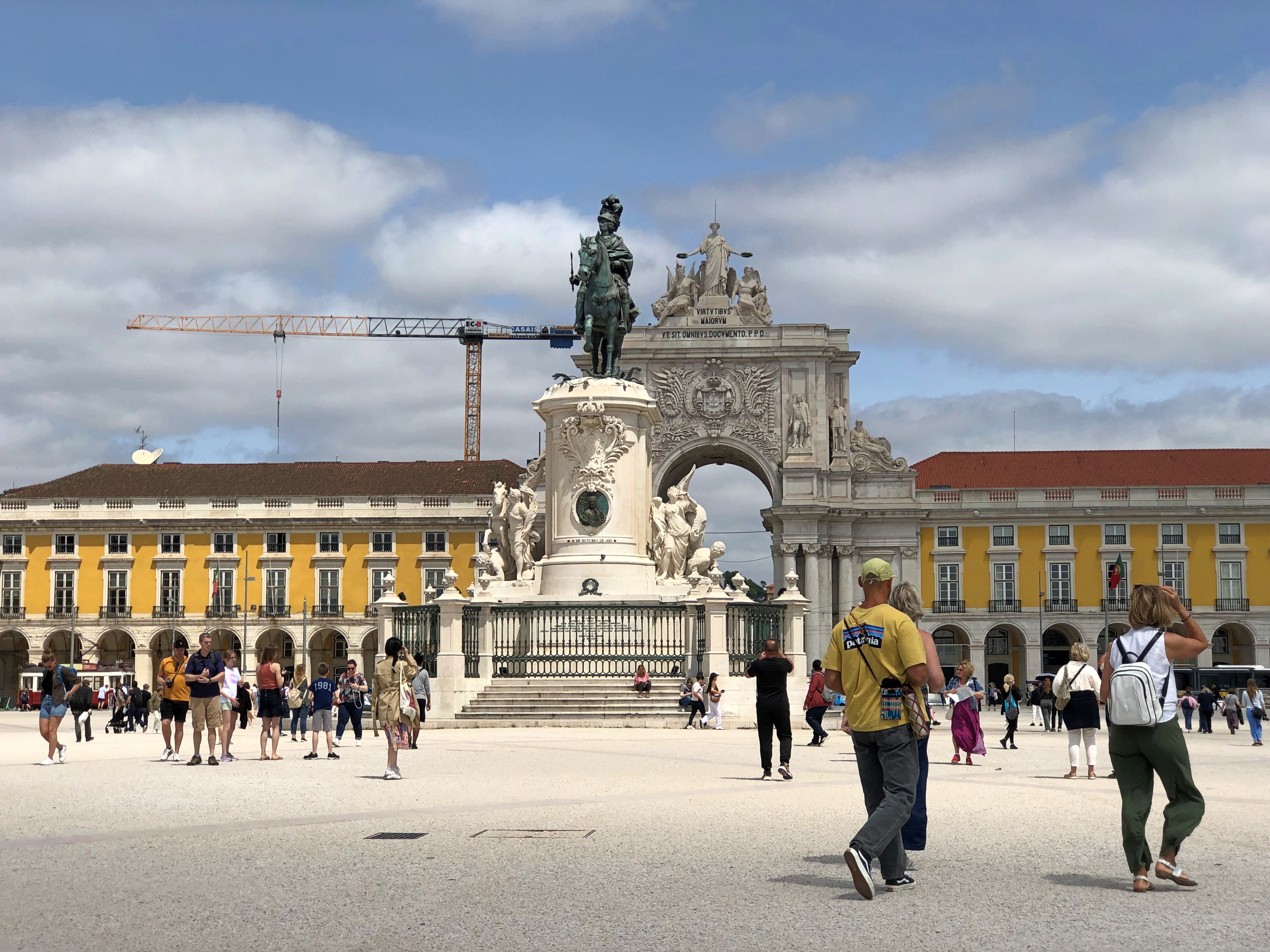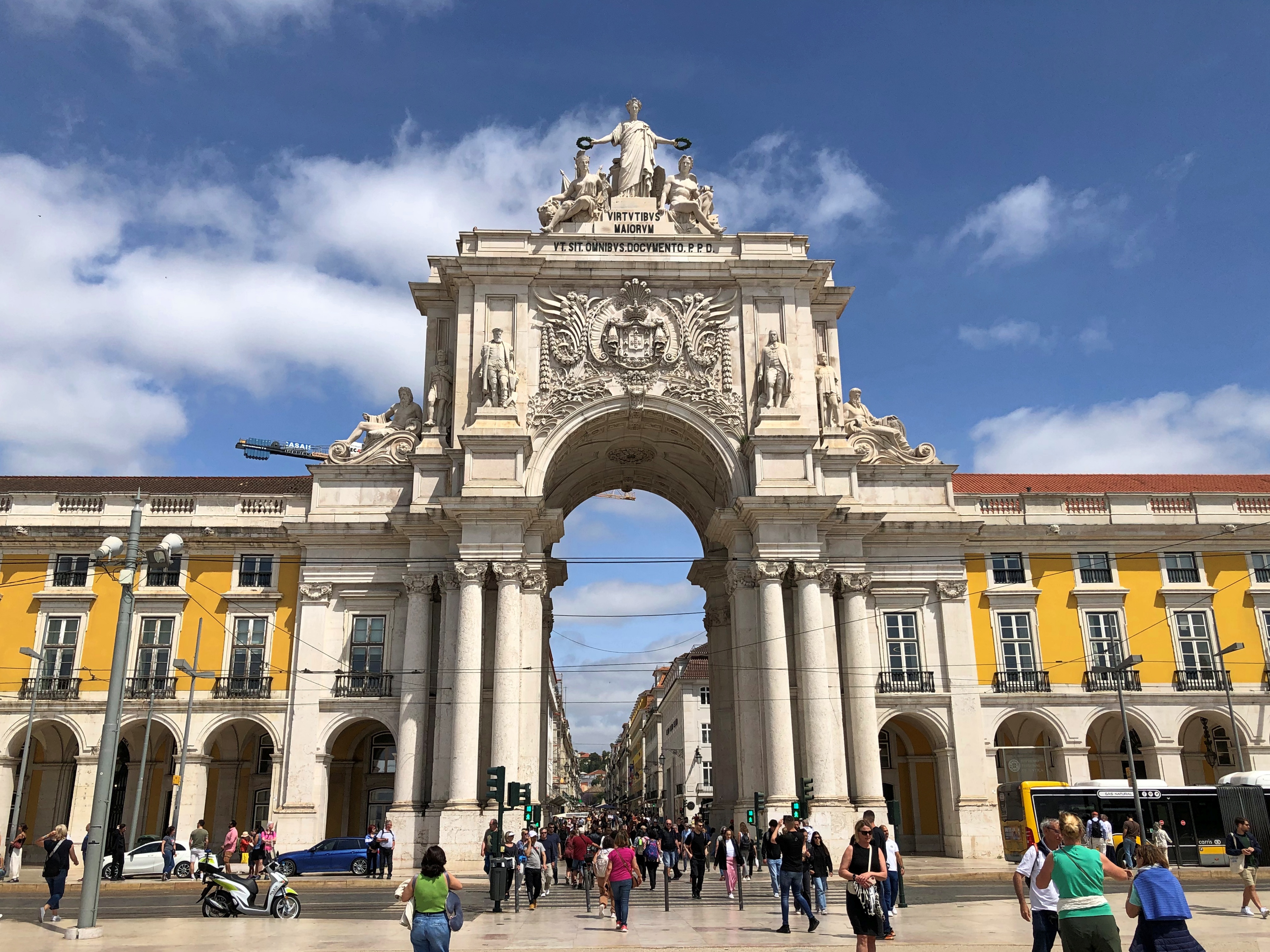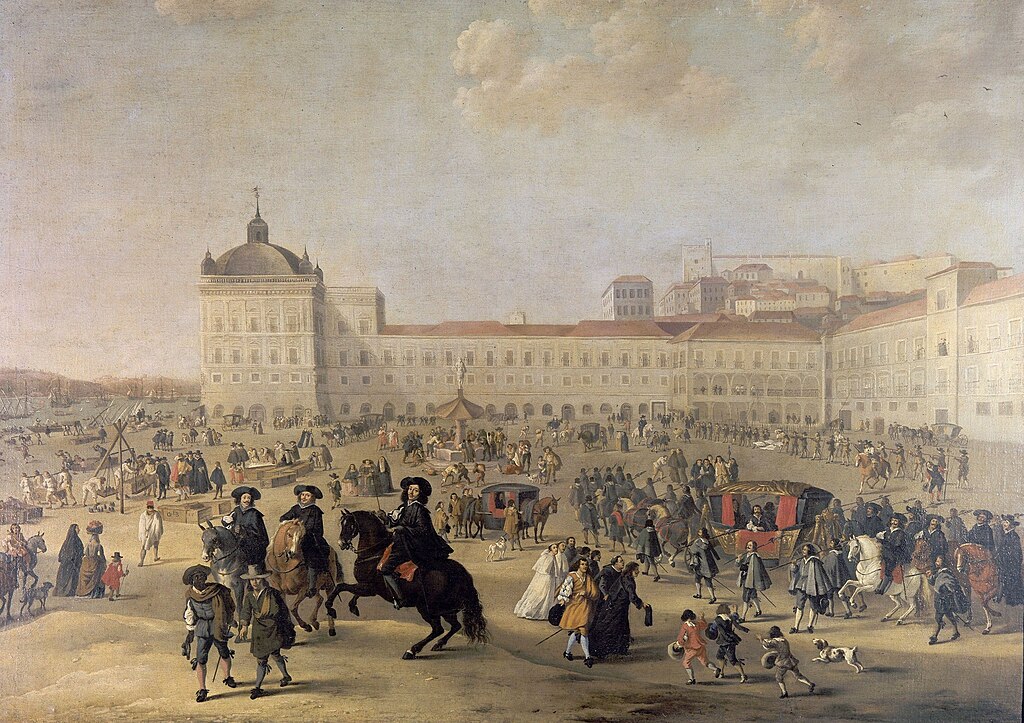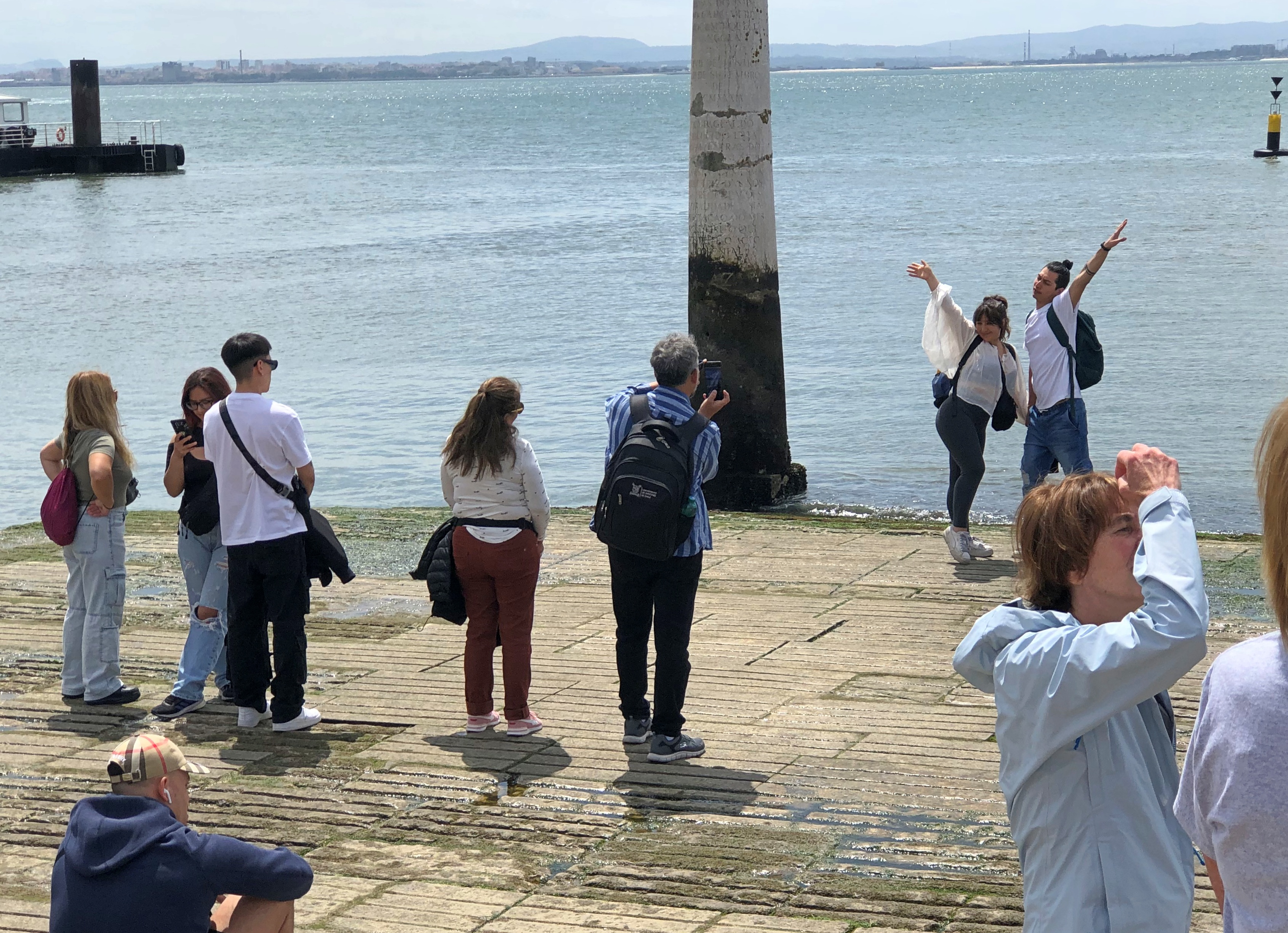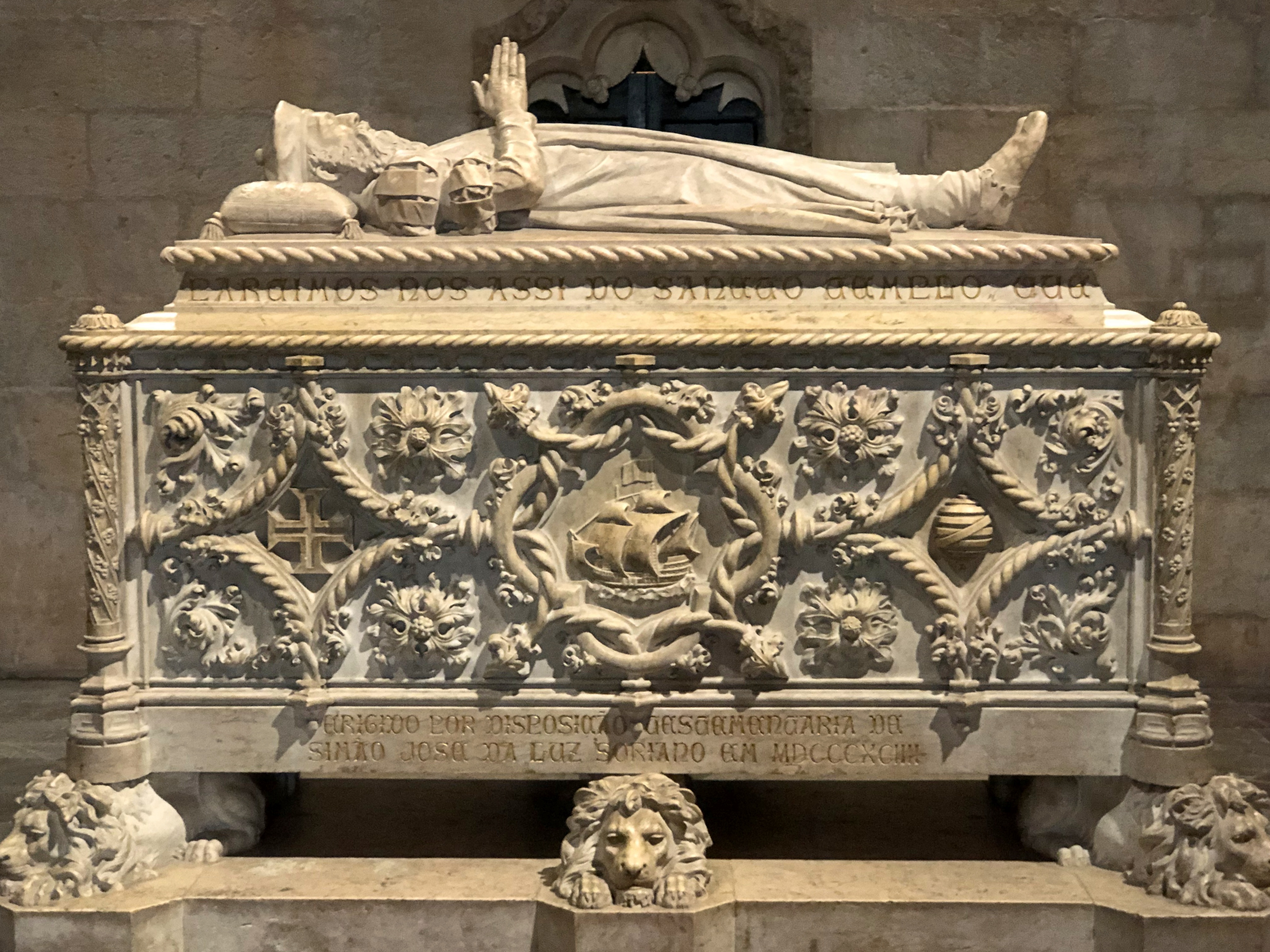Souvenir shops usually don’t make much of an impression, though there are exceptions, such as Bronner’s Christmas Wonderland in Frankenmuth, Michigan.
Another exception: the small shop facing the small plaza just downhill from the Sé de Lisboa and in front of the Church of Saint Anthony of Lisbon (Igreja de Santo António de Lisboa). The place, Gaivota Citadina, was wild with tiles and other high-quality souvenirs.


Look carefully, and you’ll see cork in the pictures, too. Cork souvenirs come in the form of coaster bottoms, but also wallets, bags, neckties and more, though not all of those were at this shop. Cork, incidentally, lines the backs of seats in the Metro cars. If you go to Portugal, you will see cork.
As far as tourist souvenirs goes – the knickknacks offered in countless small shops worldwide that exist to sell just such knickknacks – many Lisbon stores rate highly, carrying an unusually distinctive and good-looking stocks of items. Tiles and cork, but much more than that. Best of all, many of them still sell postcards, often for 50 euro cents each, and not just the usual pictures of the absolute most famous sites. Interesting postcards at popular prices: something we can all get behind.
While Yuriko and Ann were poring over tiles at Gaivota Citadina, and I’d already picked out a selection of cards, I had a short chat with an English-speaking fellow who seemed to know the proprietor, or at least the people running the shop that day. A Scotsman, he turned out to be a resident of Lisbon. I asked him how long.
“On and off for about five years now. I came on holiday once and just stayed.”
As if anticipating a next question, he then told me that other parts of Europe aren’t as pleasant or hospitable as Portugal these days.
“France, Germany, those places are on fire,” he told me. “Literally in the case of France. It isn’t like that in Portugal.”
Actually, he was wrong about literal wildfire; Portugal has suffered some recently. Regardless, though he didn’t quite put it this way, he said that the Portuguese have an underappreciated talent for living well. And leaving well enough alone.
Could be. I’d only been there a day at that point, and had (and have) no way to assess his feelings on Portugal. But he did seem enthusiastic about the country even after five years.
Later, I parked myself on the plaza’s only bench and watched people throw coins at a statue of St. Anthony. The goal seemed to be to land the coins on a flat part of the statue. The saint’s open book, as it turns out. Tradition, according to the museum behind the statue.
That was hard, but this fellow in red (not the Scotsman, someone else) was able to do it.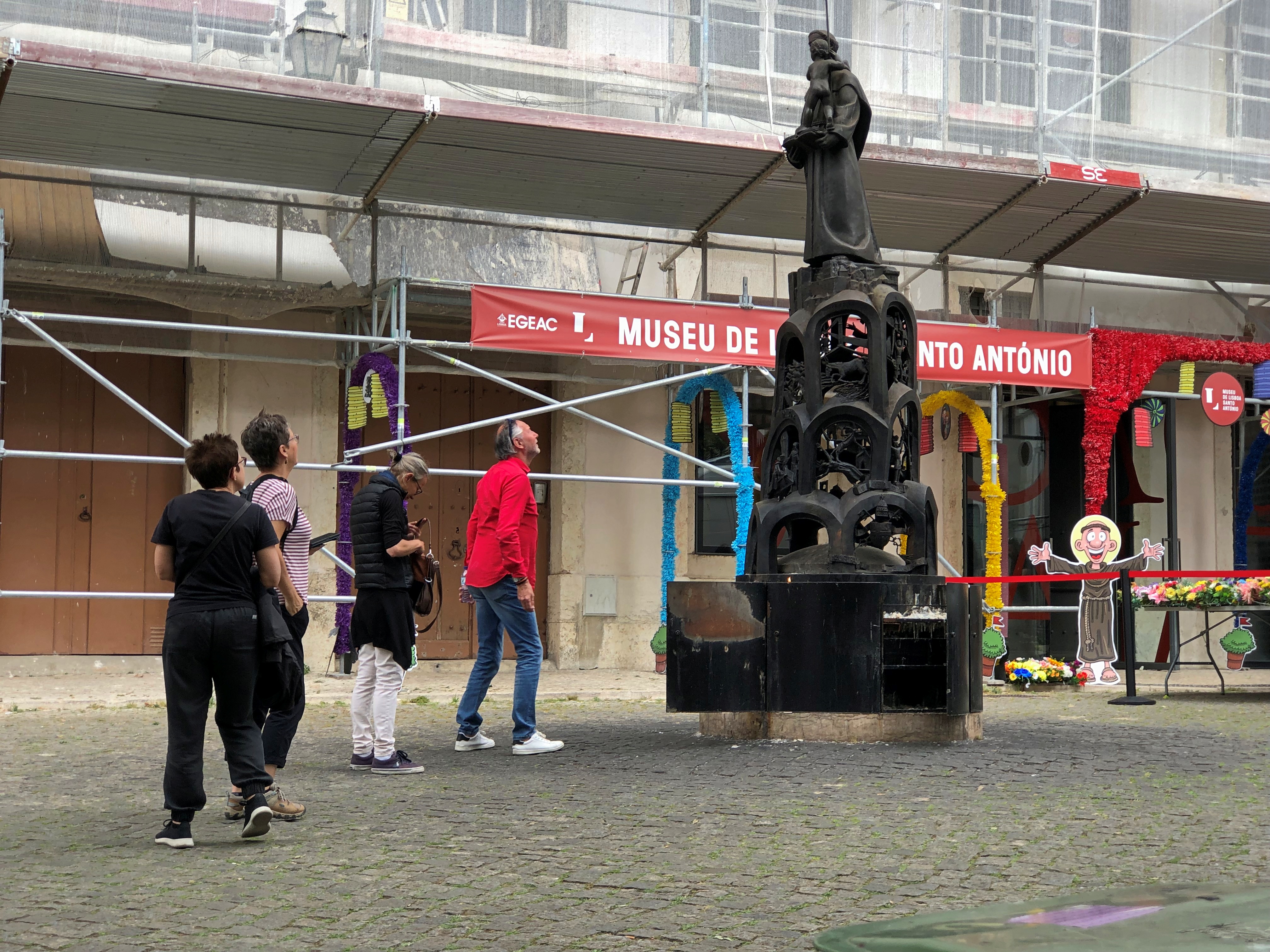

The baroque church itself – a replacement for the one destroyed in 1755 – rises where St. Anthony was said to be born, as Fernando de Bulhões, in 1195.

In Lisbon, he isn’t Anthony of Padua, since they claim the popular saint as their own. Anthony of Lisbon, and don’t you forget it.




